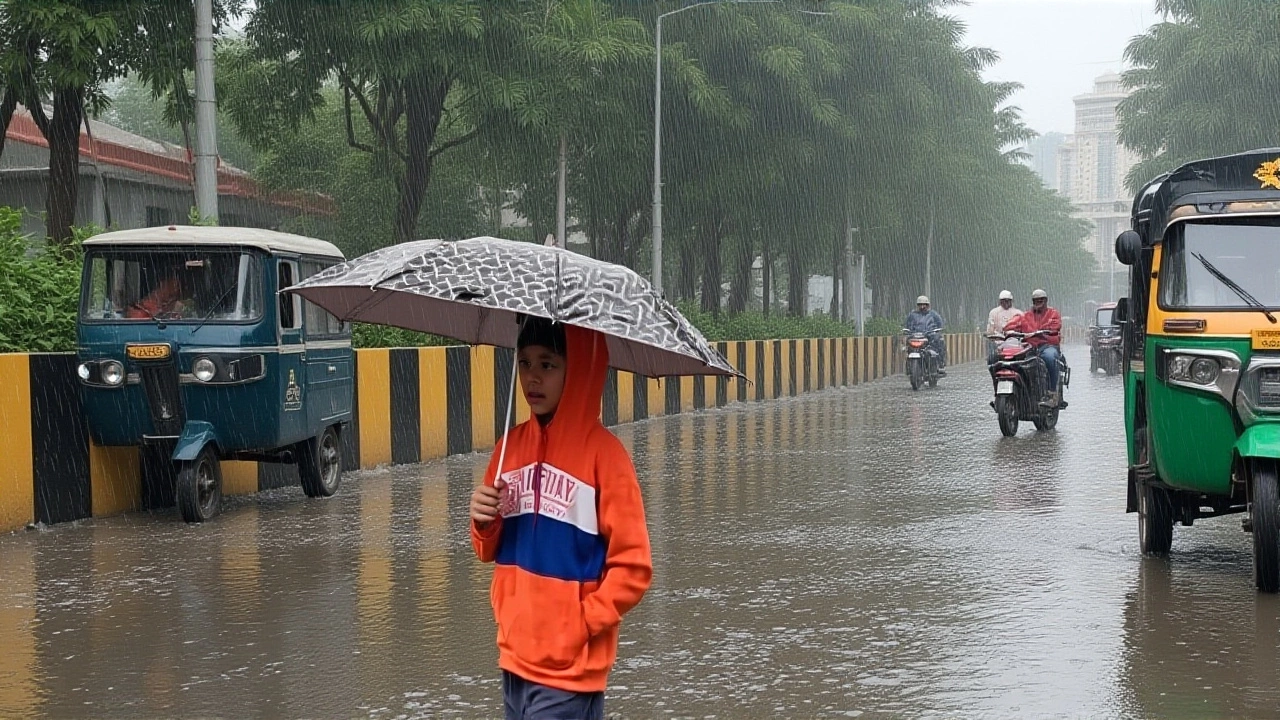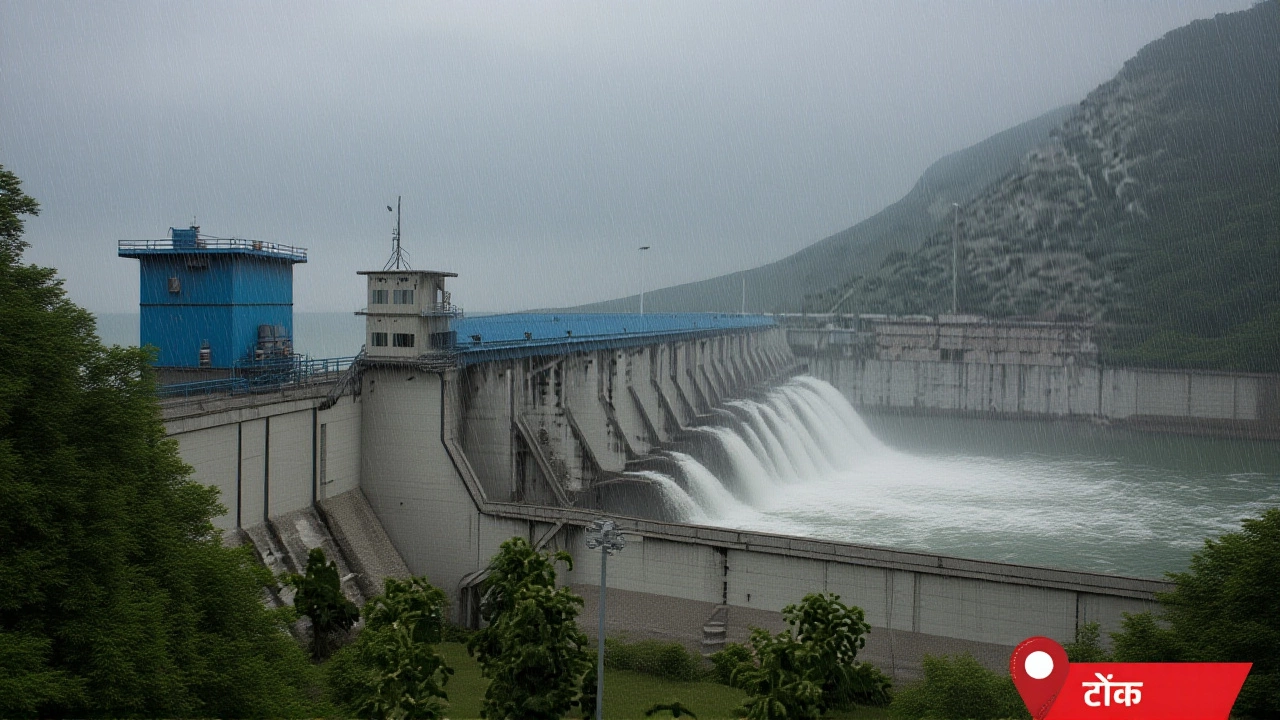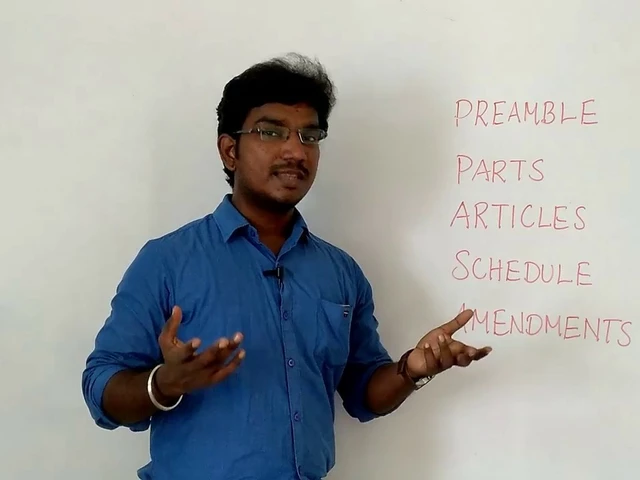On October 27, 2025, residents of Uttar Pradesh woke up to a sharp chill — temperatures dipped 1 to 2°C across the state, turning what should have been a warm October morning into a damp, foggy affair. The drop came just as millions prepared for Chhath Puja, a sacred Hindu ritual requiring devotees to offer prayers at riverbanks at sunrise and sunset. But this year, the India Meteorological Department (IMD) issued an alert: unseasonal rain was expected in 13 western districts, including Agra, Jhansi, Firozabad, and Lalitpur. The twist? This isn’t just a cold snap — it’s the first wave of a two-phase weather system triggered by twin depressions over the Arabian Sea and the Bay of Bengal.
Why This Rain Is Unusual — And Dangerous
October in Uttar Pradesh typically brings clear skies and daytime highs of 30°C. But this year, the state is caught between two weather giants. One depression, forming over the Bay of Bengal, is intensifying into Cyclone 'Montha' — a rare October storm that could hit eastern India by October 30. The other, over the Arabian Sea, has already dumped rain on Maharashtra’s coast and is now nudging moisture-laden winds toward western UP. The result? A strange mix: chilly mornings, sticky afternoons, and sudden showers when no one expected them.
“This isn’t normal,” said Dr. Anil Mehta, a senior meteorologist with IMD. “We haven’t seen this kind of dual-system interference in October since 2018. The humidity is rising even as temperatures fall — it feels like winter’s trying to sneak in through the back door.”
Where the Rain Is Falling — And Where It Isn’t
On October 27, the rain was patchy but persistent. Western districts like Agra, Firozabad, and Jhansi saw light to moderate showers, with fog rolling in by 6 a.m. Meanwhile, eastern districts — including Varanasi, Balia, and Sonbhadra — remained dry, though the air felt heavier. Rural areas reported colder nights than cities, with farmers waking up to dew-covered fields and wilted crops.
By October 28, the rain eased. IMD confirmed dry conditions across both east and west UP — but fog lingered until mid-morning in places like Ghaziabad and Gautam Buddha Nagar. The real danger, however, is still coming.
The Second Wave: Cyclone Montha Looms
While the October 27–28 showers were a warning, the October 30–31 window is the real threat. Cyclone 'Montha' — now classified as a deep depression — is moving northwest at 8 km/h, and its outer bands are expected to sweep across Uttar Pradesh, Bihar, and Jharkhand. Forecasts suggest 50–70 mm of rain in 24 hours in some districts, with localized flooding possible near the Ganges floodplains.
“This isn’t just rain,” said Dr. Priya Singh, a climate risk analyst at the Indian Institute of Tropical Meteorology. “It’s a system that’s already caused landslides in Odisha and disrupted coastal fishing in Tamil Nadu. When it hits UP, it won’t be gentle. Farmers who planted late-season wheat could lose entire fields.”

Impact on Chhath Puja and Farmers
For millions of devotees, Chhath Puja is non-negotiable. Families travel to the Ganges, Yamuna, or local ponds to offer arghya (water offerings) at dawn and dusk. But this year, authorities in Varanasi, Prayagraj, and Agra have urged worshippers to avoid flooded banks. “We’ve deployed lifeguards and temporary shelters,” said UP’s Disaster Management Commissioner, Ravi Kant. “We’re not stopping rituals — but we’re not letting people risk their lives either.”
For farmers, the impact is more severe. Late-season mustard and wheat crops — already stressed by erratic rainfall in September — are now at risk of fungal rot from prolonged dampness. “We planted on time,” said farmer Rajesh Yadav from Etawah. “Now we’re watching the sky like a hawk. If this rain continues, we’ll need government relief.”
What Comes Next
IMD has issued a yellow alert for October 29, with orange alerts possible from October 30 onward. The cyclone’s path remains uncertain, but models show it could stall over central India, prolonging the rain. Temperatures may drop another 2–4°C by October 31, pushing some areas below 15°C — unusually cold for this time of year.
“We’re seeing climate patterns shift,” said Dr. Mehta. “October rains used to be rare. Now they’re almost expected. The question isn’t whether it will rain — it’s how hard, and how long.”
Frequently Asked Questions
How will the unseasonal rain affect Chhath Puja rituals?
Devotees in western districts like Agra, Jhansi, and Firozabad may need to shift rituals to elevated platforms or covered areas near riverbanks due to flooding risks. Authorities in Varanasi and Prayagraj have set up emergency shelters and lifebuoys. While rituals won’t be canceled, safety is prioritized — especially for elderly worshippers and children.
Which districts in Uttar Pradesh are most at risk from Cyclone Montha?
While Montha’s center won’t make landfall in UP, its outer rain bands are expected to hit eastern and central districts hardest — including Varanasi, Mirzapur, Allahabad, Banda, and Chitrakoot. These areas could see 50–70 mm of rain over 24 hours, raising flood risks along the Ganges tributaries. IMD has advised residents to avoid low-lying areas after October 30.
Why is this rain happening in October, when it’s usually dry?
Two simultaneous weather systems — a depression over the Arabian Sea and Cyclone Montha in the Bay of Bengal — are pulling moisture northward. Normally, these systems form in September or November, but warming sea surface temperatures have shifted their timing. This dual-system interference is rare in October and has never been this intense since 2018.
Are farmers being advised on how to protect their crops?
Yes. The UP Agriculture Department has sent advisories to 18 districts, urging farmers to drain standing water, cover seedlings with plastic sheets, and avoid harvesting wet crops. Late-sown wheat and mustard are most vulnerable. Over 12,000 farmer helplines have been activated, and district officers are conducting field inspections to assess damage before October 31.
Is this part of a larger climate trend in northern India?
Absolutely. Over the last decade, October rainfall in UP has increased by 37% compared to the 1990s. Studies from IIT Delhi show rising sea surface temperatures are extending the monsoon’s tail into post-monsoon months. What was once an anomaly is now a pattern — and it’s putting agriculture, infrastructure, and public health under new stress.
What should residents do in the next 72 hours?
Stay updated via IMD’s official app or local radio. Avoid flooded roads, especially near rivers. Keep emergency kits ready — flashlight, dry clothes, medicines. If you live in low-lying areas, consider moving to higher ground by October 29. And if you’re heading to a riverbank for Chhath Puja, wear waterproof footwear and avoid walking on slippery banks after dark.





